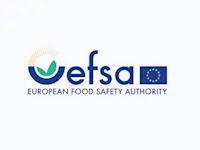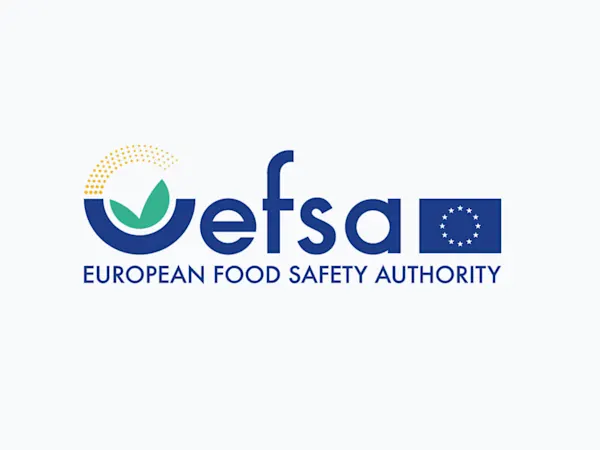
EU Ministers Press Commission on Delayed REACH Revision Amid Industry and Environmental Demands
EU Member States urge the Commission to accelerate the REACH revision, citing urgent health, environmental, and industry competitiveness needs.


A groundbreaking report from Stockholm University reveals key challenges in implementing the essential use concept under the EU's REACH regulation. The study identifies significant data gaps and recommends clearer guidelines for assessing whether harmful chemical uses are essential or non-essential.
Released on 1 November 2024, the study conducted by Flora Borchert and colleagues from Stockholm University examined 100 applications for authorisation involving substances of very high concern (SVHCs). The essential use concept, initially inspired by the Montreal Protocol, is designed to phase out non-essential uses of harmful substances to better protect health and the environment.
The report recommends that the European Commission refine the essential use criteria and provide explicit guidance for applicants under REACH. This would ensure transparent and effective evaluation, aiding in the phase-out of harmful substances without compromising necessary industrial functions.
“The essential use concept is a critical tool for advancing chemical safety in Europe, but its implementation needs clearer definitions and more robust data,” said lead author Flora Borchert. The authors urge the integration of social and economic considerations in decision-making, highlighting the importance of aligning technical and societal needs.
The report serves as a call to action for the European Commission and regulatory bodies to enhance their methodologies and application processes for better protection of public health and environmental safety.
Foresight continuously tracks 1000s of sources and maps updates to your portfolio:




EU Member States urge the Commission to accelerate the REACH revision, citing urgent health, environmental, and industry competitiveness needs.

The EU has classified DBDPE as a substance of very high concern (SVHC) due to vPvB properties, affecting manufacturers and downstream users of flame retardants.

EFSA launches consultation on updating its Weight of Evidence and Biological Relevance guidance, aiming to streamline chemical risk assessment practices.
Subscribe to Foresight Weekly and get the latest insights on regulatory changes affecting chemical compliance.
Free forever. Unsubscribe anytime.
Read by professionals at